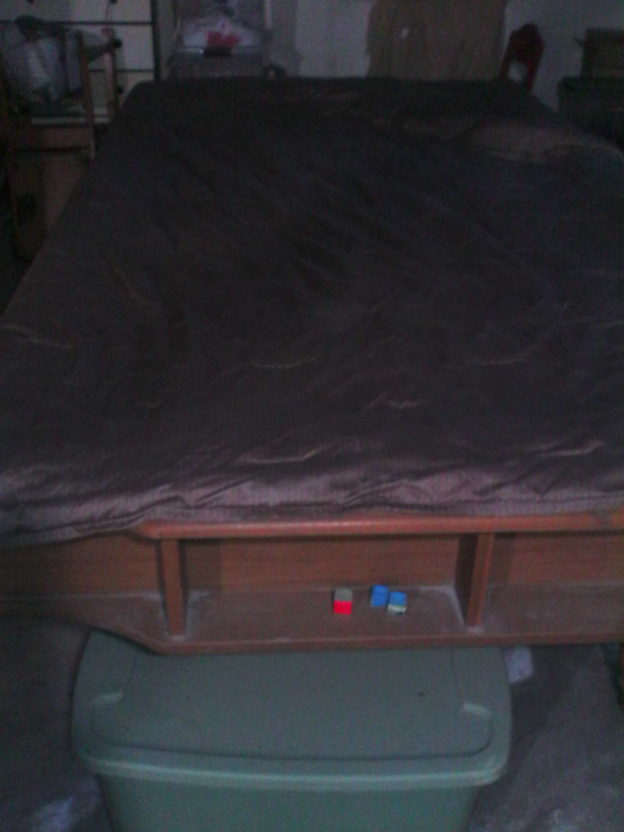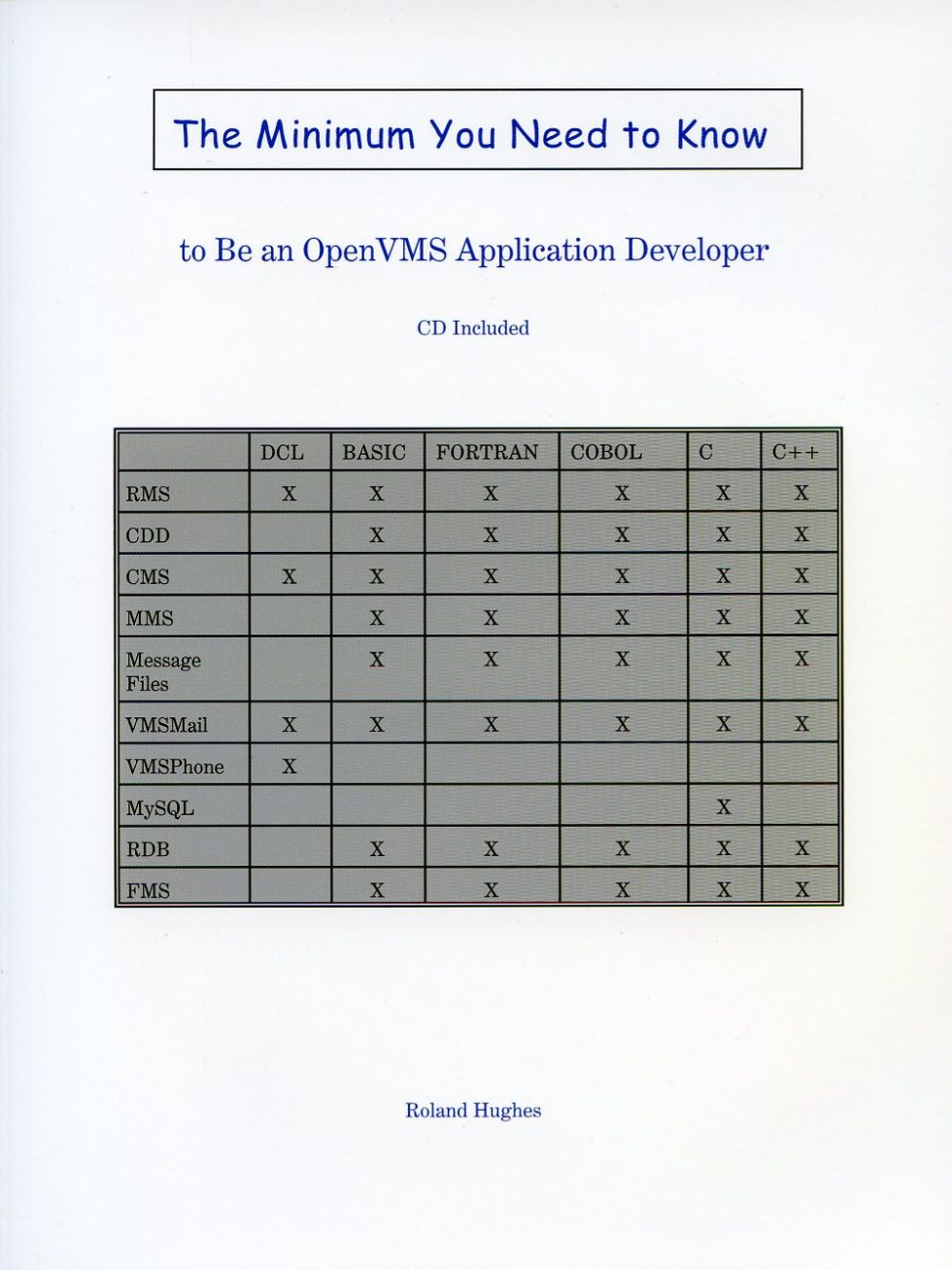Anyone who’s ever studied the art of navigation is familiar with the name, Bowditch. Years ago, one of my three sons was intrigued by numbers (and still is). When he was ten years old, he read a book titled, Carry on Mr. Bowditch, about the life of the famous mathematician and navigator, Nathaniel Bowditch. In all his youth and innocence, my son was eager to share his fascination, asking me many questions about such things as “hour angles” and “sight reduction tables.” Why my son might have thought I knew of such things, I’ll chalk up as a child’s naivety and the belief that adults know lots of stuff. In my case, I really didn’t know much, but I did have some experience with celestial navigation.
 In my younger years, being a surfer with an appetite for adventure, I also latched on to the idea that becoming a competent sailor was the perfect match for the dream I had brewing. If I were to ever be in a position to sail to uncharted surf breaks located on the on the reefs of known islands, I’d need to learn a thing or two about sailing and navigating ocean going sailboats. I’d read the “National Geographic” series about Robin Lee Graham’s solo circumnavigation in his 24′ sloop Dove. By the time I was fourteen years old, I’d read his book and seen the movie too. Because he had a nice ocean going sailboat, I felt lucky to have met that other surfer I mentioned in my previous post.
In my younger years, being a surfer with an appetite for adventure, I also latched on to the idea that becoming a competent sailor was the perfect match for the dream I had brewing. If I were to ever be in a position to sail to uncharted surf breaks located on the on the reefs of known islands, I’d need to learn a thing or two about sailing and navigating ocean going sailboats. I’d read the “National Geographic” series about Robin Lee Graham’s solo circumnavigation in his 24′ sloop Dove. By the time I was fourteen years old, I’d read his book and seen the movie too. Because he had a nice ocean going sailboat, I felt lucky to have met that other surfer I mentioned in my previous post.
That surfer/sailor’s name was Michael and he was in his second year teaching third graders at an elementary school in Alameda, California. He and I sailed and surfed together for a few months, which got me connected with ther boat owners with bigger faster boats. Eventually the associations landed me a regular yacht racing gig and a job at a local sailmaker’s loft. Looking back, I now realize just how much a person’s successes can depend on life’s chance encounters. By the time I found myself working at Pineapple Sails, owned and operated by Kame Richards, I was a freshly minted high school grad with no intention of ever attending college.
Those were the years before young people in that line of skilled labor became “paid” crew on racing yachts. In our day, we sailed for the pure joy of it. Most of the customers of Pineapple Sails who needed crew, could draw from Kame’s staff. I was one of them and decided early on I was in the right place to fulfill my dreams. However, by then I no longer had time to surf. In fact I’d nearly abandoned it all together. For me, the cool thing about working in an industry with myriad problems of fluid dynamics (Aero and Hydro), physics, material manufacturing, and fundamental geometry was the endless possibility for improvements. I watched my boss and listened. Kame was and still is a genius with a passion for his art.
 Back in the early sixties, there were a few guys with aerospace engineering backgrounds who applied their skills toward their passion for building better surfboards. Jim Drake was one of them and has been credited for becoming an early pioneer of “wind-surfing”. Similarly, the ’70s represented a magical era for the world of sailing. There were revolutionary leaps in technology and imagination that resulted in the Ultra-Light Displacement Boats (ULDB). Being raised as a Central Californian, I latched on to the magic of discovering that a guy named Bill Lee of Santa Cruz, California would arguably be labeled the “Father” of the ULDB sailboat. Merlin was one of the boats he designed and sailed to win the ’76 Transpac. Traditionalists shunned the entry so much as to forecast that such a light boat with a long waterline and powerful sailplan would break up in the early stages of the race. Lee proved them wrong and set the bar for a new mindset that revolutionized competitive sailing forever.
Back in the early sixties, there were a few guys with aerospace engineering backgrounds who applied their skills toward their passion for building better surfboards. Jim Drake was one of them and has been credited for becoming an early pioneer of “wind-surfing”. Similarly, the ’70s represented a magical era for the world of sailing. There were revolutionary leaps in technology and imagination that resulted in the Ultra-Light Displacement Boats (ULDB). Being raised as a Central Californian, I latched on to the magic of discovering that a guy named Bill Lee of Santa Cruz, California would arguably be labeled the “Father” of the ULDB sailboat. Merlin was one of the boats he designed and sailed to win the ’76 Transpac. Traditionalists shunned the entry so much as to forecast that such a light boat with a long waterline and powerful sailplan would break up in the early stages of the race. Lee proved them wrong and set the bar for a new mindset that revolutionized competitive sailing forever.
There are so many stories about the creative personalities that designed, built, and sailed these boats that the lore will never be lost by those connected with boat names such as, Chutzpah and Panache.
Not only did I reap the benefits of being exposed to these technologic evolutions, I was surrounded by talent, which I envied but never imagined to be included in such circles. I was fortunate to have spent summers working with the young talented college aged sailors that my boss, Kame hired. His intent was for all of us to learn from them. I’d name them but there were too many – just look up the roster of Yachts women of the year, Olympic ’49er USA sailors, and any other Google query you can think of, and you’ll find names of famous sailors who worked at Pineapple for a summer or two.
What does a young inquisitive person working in skilled labor do when they discover their passion has evolved from one set of goals to another? At age 19 I’d completed a celestial navigation course and accepted a position on a 41′ cruising sailboat bound for Australia. I was one of a crew of 4 and made it to Hilo on the Big Island of Hawaii in 13 days. As the only crew member who could sight the sun or a celestial body with a sextant, calculate the parallax of a moon, traverse the H.O.249 Sight Reduction Table, and plot a line of position, I was exhausted when we arrived. I was also enlightened.
These days anyone can navigate across an ocean without the knowledge or skill to take a sight with a sextant and convert it into a piece of information to derive a position. These days all it takes is a GPS receiver and some sort of software to convert an RF signal into a Lat/Long. I say good for those with a sense of adventure. Sailing across an ocean is a big enough challenge as it is.
At a young age, the experience of an adventure and the discovery of demonstrating, not for anyone but myself, that using the education I’d acquired to navigate from point A to point B on a sphere, amounted to something. I was sufficiently motivated to return to school and earn an ROTC scholarship, a degree, and a career path in the United States Air Force that led to flying the U-2 Dragon Lady.
All said, if I were to venture out in the oceans again aboard a small sailboat, I’d still want to bring along a Nautical Almanac, a set of Sight Reduction Tables, a Chronometer (or Short Wave Receiver for WWV time constant), and a sextant. I’d use these traditional tools to compare my calculated position with the one from the GPS and see who wins.
The author retired from USAF in 2009. He taught all three of his sons to surf, sail, and fly. Though they all still surf, each have taken different professional paths – worthy of the author’s pride.




